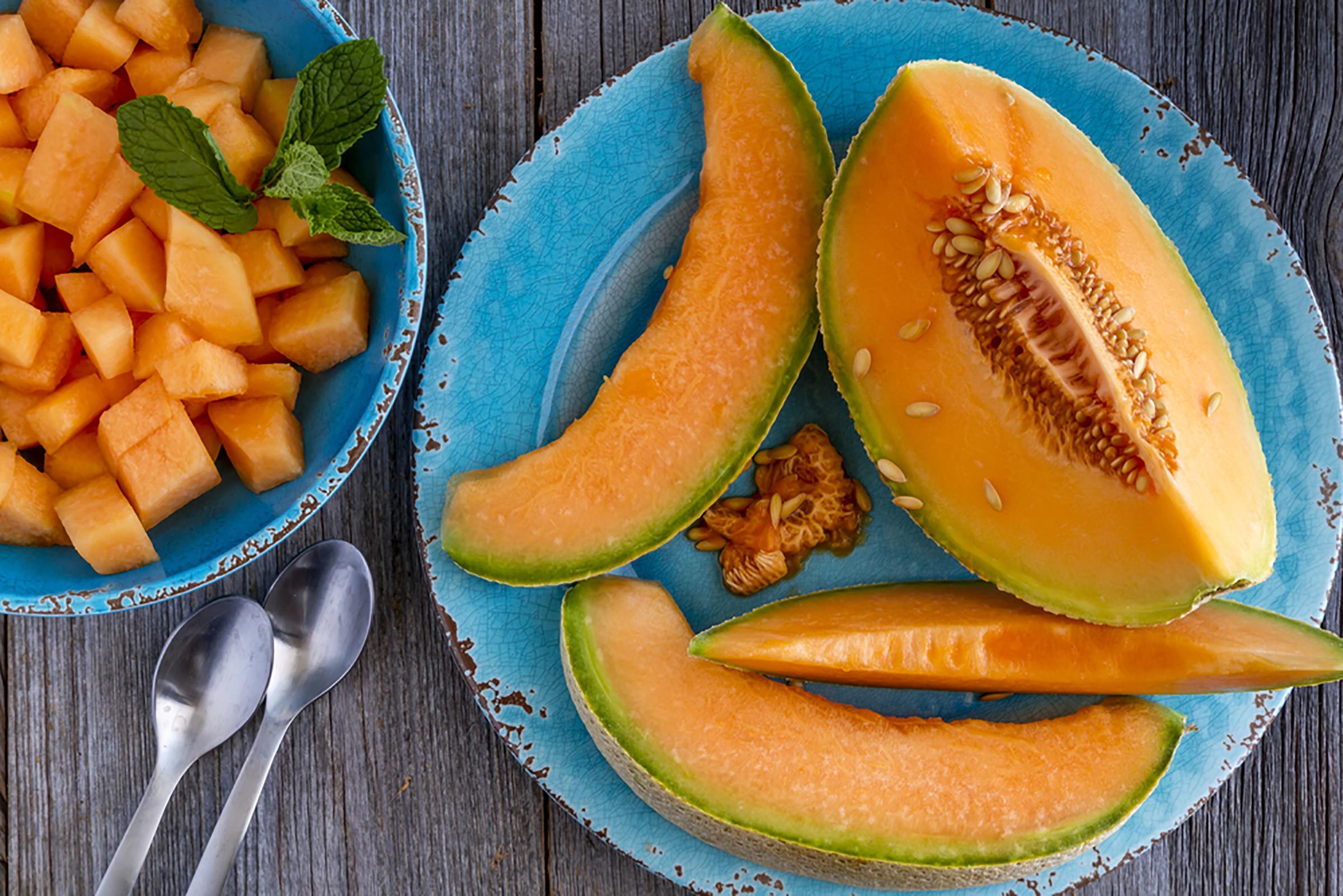Ad Blocker Detected
Our website is made possible by displaying online advertisements to our visitors. Please consider supporting us by disabling your ad blocker.
In the world of exotic fruits, few captivate the senses quite like the dragon fruit. With its vibrant pink or yellow skin and speckled flesh adorned with tiny black seeds, dragon fruit is as visually striking as it is delicious. But beyond its appearance, this tropical fruit packs a punch when it comes to health benefits. In this article, we’ll take a deep dive into the world of dragon fruit, exploring its origins, nutritional value, and the myriad ways it can boost your well-being.
A Tropical Delight
Dragon fruit, also known as pitaya or pitahaya, hails from the Hylocereus and Selenicereus genera of cacti. Native to Central America, it has since spread to other tropical regions, including Southeast Asia and the Caribbean. With its unique appearance and delightful taste, dragon fruit has earned its place as a sought-after delicacy.
Nutritional Profile of Dragon Fruit
A Nutrient-Rich Wonder
Dragon fruit is a nutritional powerhouse, offering a wide array of vitamins, minerals, and beneficial compounds in every bite. Here’s a breakdown of its key nutrients:
1. Vitamins
- Vitamin C: Dragon fruit is rich in vitamin C, an antioxidant that supports immune function, skin health, and wound healing.
- Vitamin B2 (Riboflavin): This vitamin helps convert food into energy and plays a role in maintaining healthy skin and vision.
2. Minerals
- Iron: Dragon fruit contains iron, which is essential for transporting oxygen throughout the body and preventing anemia.
- Magnesium: Magnesium is crucial for muscle and nerve function, bone health, and energy production.
3. Fiber
- Dietary Fiber: Dragon fruit is a good source of dietary fiber, which aids digestion, promotes a feeling of fullness, and supports heart health.
4. Antioxidants
- Polyphenols: Dragon fruit is rich in polyphenolic compounds, which have antioxidant properties that help protect cells from oxidative damage.
5. Hydration
- Water Content: With its high water content, dragon fruit can help keep you hydrated, especially in hot and humid climates.
Health Benefits of Dragon Fruit
1. Supports Immune Health
- Vitamin C Boost: The high vitamin C content in dragon fruit enhances your immune system, helping your body fend off infections and illnesses.
2. Aids in Digestion
- Dietary Fiber: The dietary fiber in dragon fruit promotes healthy digestion by preventing constipation and supporting regular bowel movements.
3. Skin Health and Anti-Aging
- Antioxidants: The antioxidants in dragon fruit combat free radicals, helping to maintain youthful-looking skin and prevent premature aging.
4. Heart Health
- Fiber and Magnesium: Dragon fruit’s fiber content can help lower cholesterol levels, while magnesium supports overall heart health.
5. Weight Management
- Satiety: The fiber in dragon fruit promotes a sense of fullness, potentially reducing overall calorie intake and supporting weight management.
6. Diabetes Management
- Low Glycemic Index: Dragon fruit has a low glycemic index, meaning it has a minimal impact on blood sugar levels. It can be a suitable option for individuals with diabetes.
7. Bone Health
- Calcium Content: While not as high as dairy products, dragon fruit contains calcium, which contributes to bone health and density.
8. Hydration
- Water Content: With its high water content, dragon fruit helps keep you hydrated, especially in hot weather or after physical activity.
Types of Dragon Fruit
Dragon fruit comes in several varieties, with the two most common being:
1. Hylocereus undatus (White-Fleshed Dragon Fruit)
- Appearance: This type has pink or reddish skin with white flesh speckled with black seeds.
- Flavor: It is mildly sweet, often compared to a cross between a kiwi and a pear.
2. Hylocereus Megalanthus (Yellow-Fleshed Dragon Fruit)
- Appearance: This variety has yellow skin with white flesh and black seeds.
- Flavor: Its flavor is sweeter than the white-fleshed dragon fruit, with hints of citrus.
While both types offer similar health benefits, their taste and appearance can vary, allowing you to choose based on personal preference.
How to Incorporate Dragon Fruit into Your Diet
1. Fresh and Simple
- Sliced Dragon Fruit: Cut the fruit in half and scoop out the flesh with a spoon. Enjoy it as a refreshing snack.
2. Smoothie Magic
- Dragon Fruit Smoothie: Blend dragon fruit with yogurt, your choice of milk, and a touch of honey for a vibrant and nutritious smoothie.
3. Fruit Salad Fiesta
- Fruit Salad: Add dragon fruit chunks to your favorite fruit salad for an exotic twist.
4. Dessert Delight
- Dragon Fruit Sorbet: Make a delightful sorbet by blending dragon fruit with a touch of lime juice and freezing the mixture.
5. Creative Cocktails
- Dragon Fruit Mojito: Muddle dragon fruit chunks with mint leaves, lime juice, and your choice of spirit for a unique cocktail.
Dragon Fruit Varieties and Availability
Dragon fruit is not limited to just the common white and yellow-fleshed varieties. There are other types, such as:
1. Hylocereus Costaricensis (Red-Fleshed Dragon Fruit)
- Appearance: This variety has vibrant pink or red skin with striking red flesh and black seeds.
- Flavor: Its flavor is sweeter and often likened to a blend of kiwi and watermelon.
2. Hylocereus Polyrhizus (Red-Fleshed Dragon Fruit)
- Appearance: It features deep pink or red skin with



